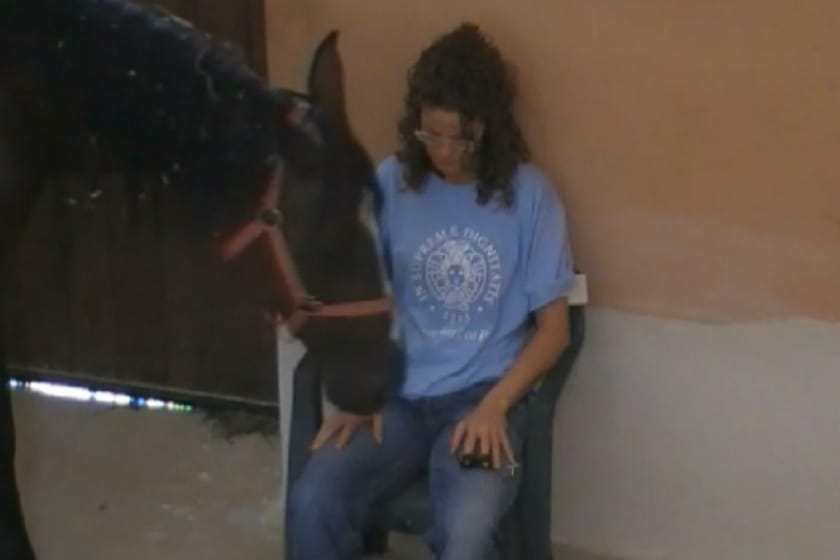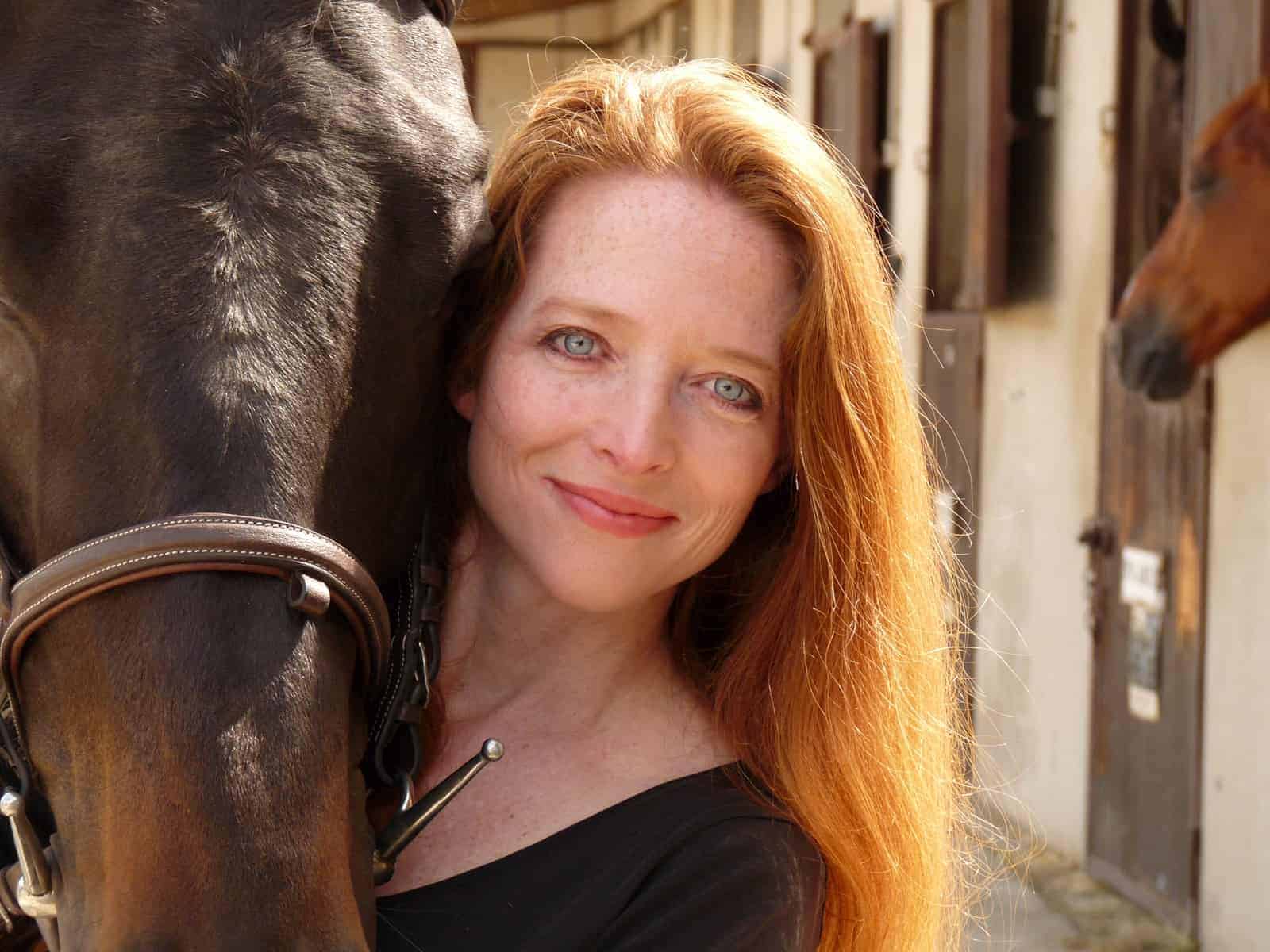Scientists Study Horse, Human Heart Coupling

Italian researchers are hot on the trail to understand what exactly is going on with that connection so many riders and owners claim to feel. Through high-tech research using wearable monitoring systems and advanced algorithms, they’ve determined that horses and humans tend to align their physiological responses to emotional stimulation.
At least, that’s the case in this preliminary study, said Paolo Baragli, DVM, PhD, researcher in the University of Pisa Department of Veterinary Sciences, in Italy. Along with colleague Antonio Lanata, PhD, of the University of Pisa’s E. Piaggio Bioengineering and Robotics Research Center and the Department of Information Engineering, he’s investigating the mysteries of the horse-human heart connections.
In their pilot study, they tested cardiac parameters of 11 humans and one mare as the humans individually spent time with the horse
Create a free account with TheHorse.com to view this content.
TheHorse.com is home to thousands of free articles about horse health care. In order to access some of our exclusive free content, you must be signed into TheHorse.com.
Start your free account today!
Already have an account?
and continue reading.

Written by:
Christa Lesté-Lasserre, MA
Related Articles
Stay on top of the most recent Horse Health news with















